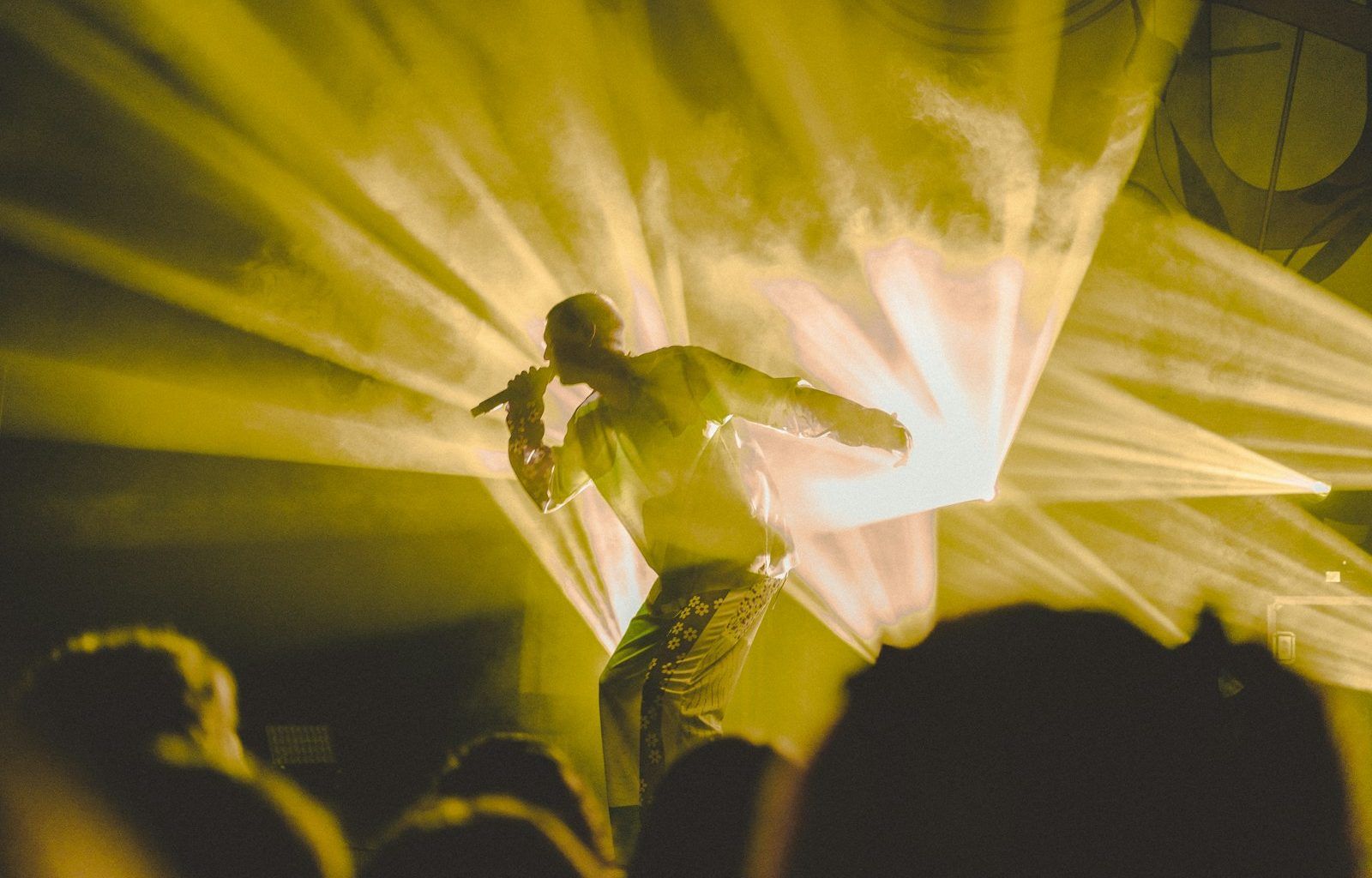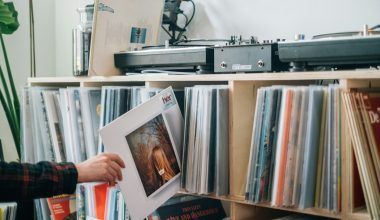In 2024, the music industry is more accessible than ever, making it the perfect time to monetize your song on all digital stores. Whether you’re an independent artist or part of a label, ensuring your music reaches platforms like Spotify, Apple Music, Amazon Music, and more is crucial to earning from your passion. This guide walks you through everything you need to know about turning your songs into a steady revenue stream. From understanding royalties to choosing the best distribution methods, we’ve got you covered.
Now is the time to take control of your music career and make your art work for you. Ready to explore how to monetize your song on all digital stores? Let’s dive in!
What Does Monetizing Your Song Mean?
Monetizing your song means earning revenue from its streams, downloads, or placements on digital platforms. Every time someone streams your track on Spotify, downloads it from iTunes, or uses it in a YouTube video, you can earn royalties. These earnings come from various sources such as mechanical royalties, performance royalties, and sync licensing. With the rise of digital platforms, monetization opportunities have significantly increased for artists.
Why Monetize Your Music in 2024?
The music landscape in 2024 is more favorable for independent artists than ever before. With tools and platforms designed to simplify music distribution, artists now have greater opportunities to earn revenue without needing a traditional record deal. Furthermore, fans are consuming music digitally at an all-time high, offering you countless opportunities to get your songs heard and monetized.
Step 1: Create High-Quality Music
Before you start the monetization process, ensure your song is polished and professional. High-quality music is more likely to get accepted by digital stores and resonate with listeners. If you’re new to production, consider investing in professional mixing and mastering services. This ensures your song is radio-ready and can compete with top-charting tracks.
Step 2: Choose the Right Distributor
To get your music on digital stores, you’ll need a music distributor. These platforms act as a bridge between you and digital stores like Spotify, Apple Music, and Deezer. Some popular distributors include:
- Deliver My Tune: Known for its affordable pricing and unlimited song uploads.
- TuneCore: Offers detailed royalty reports and a wide reach.
- CD Baby: Ideal for independent artists looking for additional services like sync licensing.
- Amuse: Provides free distribution with paid plans for advanced features.
Compare their pricing models and services before choosing the one that suits your needs.
Step 3: Understand Music Royalties
Royalties are the lifeblood of music monetization. There are several types you should know about:
- Mechanical Royalties: Earned from sales and streams of your song.
- Performance Royalties: Collected when your song is played on radio, TV, or live performances.
- Sync Licensing: Revenue from using your song in movies, commercials, or video games.
By registering your song with a performing rights organization (PRO) like ASCAP or BMI, you can ensure you receive these royalties.
Step 4: Optimize Metadata for Better Discoverability
Metadata refers to the information associated with your song, including its title, artist name, genre, and more. Accurate metadata ensures your song is easily discoverable by listeners and platforms.
- Use clear and descriptive titles.
- Tag relevant genres and moods.
- Include lyrics when possible, as many platforms now support lyric display.
Step 5: Register Your Music for Copyright
Protecting your song is a critical step in monetization. Copyright registration ensures that you maintain control over your music and can take legal action if someone uses it without permission. In most countries, you can register your song online through official copyright offices.
Step 6: Promote Your Song Across Platforms
Simply uploading your music isn’t enough—you need to promote it effectively. Social media platforms like Instagram, TikTok, and YouTube are powerful tools for reaching potential fans.
- Create teaser videos to generate excitement.
- Collaborate with influencers or other musicians.
- Use hashtags relevant to your genre to increase visibility.
Additionally, consider using paid ads on platforms like Facebook or Instagram to target specific demographics.
Step 7: Leverage Streaming Playlists
Playlists are one of the most effective ways to increase your song’s visibility and streams. Platforms like Spotify have curated playlists for every mood and genre, making them a valuable resource for artists.
- Pitch your song to Spotify’s editorial team using the Spotify for Artists dashboard.
- Reach out to independent playlist curators.
- Create your own playlists to showcase your music and collaborations.
Step 8: Track Your Earnings and Analytics
Once your song is live, use analytics tools to monitor its performance. Most distributors offer dashboards where you can track streams, downloads, and revenue. This data is invaluable for understanding your audience and refining your promotional strategies.
Don’t limit your monetization to just music stores. Platforms like YouTube and TikTok allow you to earn money through ad revenue and partnerships.
- Upload lyric or music videos to YouTube.
- Encourage fans to create TikTok videos using your song.
- Utilize YouTube Content ID to track and monetize third-party use of your music.
Step 10: Explore New Revenue Streams
Monetization in 2024 isn’t just about streaming and downloads. Expand your earning potential by exploring other revenue streams:
- Merchandise: Sell branded merchandise featuring your album artwork or logo.
- Live Performances: Stream live shows and offer paid access.
- Fan Subscriptions: Platforms like Patreon allow fans to support you directly in exchange for exclusive content.
Challenges in Monetizing Your Music
While the opportunities are vast, monetizing your song also comes with challenges:
- High competition on digital stores.
- Earning significant revenue requires substantial streams.
- Navigating legalities like licensing and copyright.
Stay persistent and continually improve your craft and promotional strategies to overcome these hurdles.
Conclusion
Monetizing your song on all digital stores in 2024 is an exciting opportunity for artists to take charge of their careers and earnings. By following the steps outlined above—creating high-quality music, choosing the right distributor, understanding royalties, and promoting your song effectively—you can unlock your music’s full potential. Remember, the key is consistency and adaptability.
So, are you ready to monetize your song on all digital stores and share your passion with the world? Start your journey today and turn your music dreams into reality.
For further reading, explore these related articles:
- Exploring the World of Lofi Hip Hop Artists
- How to See Lyrics in Spotify
- The Magic Behind the Most Famous Music Videos of All Time
For additional resources on music marketing and distribution, visit DMT Records Private Limited.






